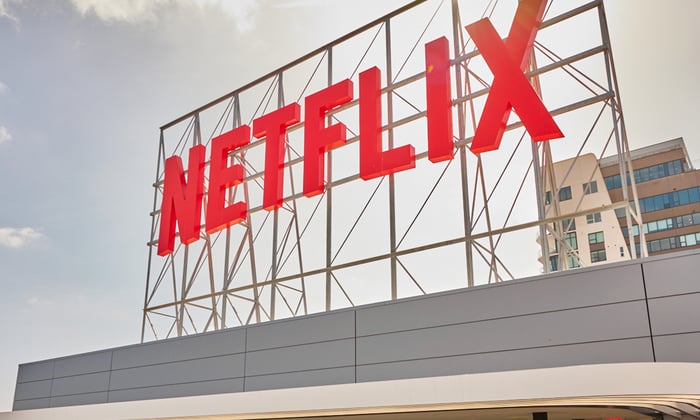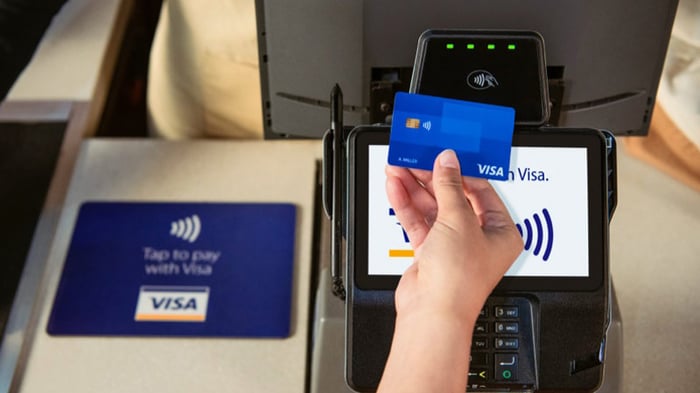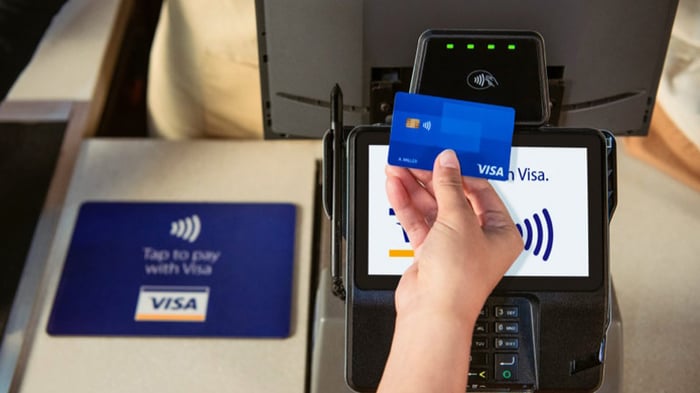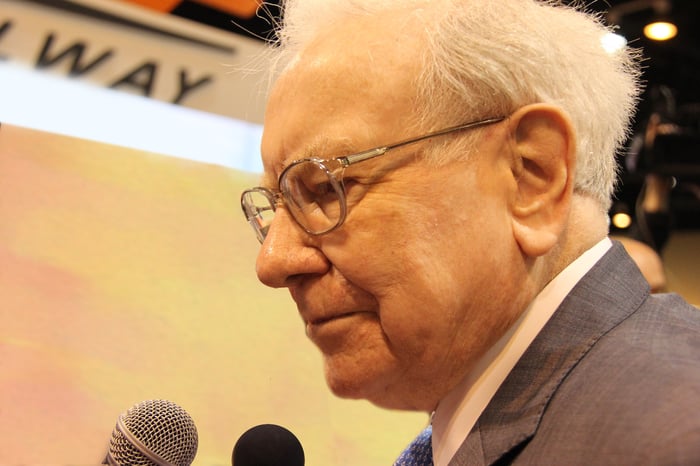Where Will Netflix Be in 5 Years?
Key Points
Netflix’s strong fundamentals have helped the stock soar in the past several years.
The company dominates the streaming industry with over 300 million subscribers.
There's a good chance that Netflix’s lofty P/E ratio will come down by 2030.
Netflix (NASDAQ: NFLX) has fast-forwarded investor returns. In the past five years, the global media pioneer's share price has soared 150% as of this writing. Ongoing subscriber, revenue, and operating profit growth have been the key ingredients for this perennial winner.
But where will this top streaming stock be in five years?
Where to invest $1,000 right now? Our analyst team just revealed what they believe are the 10 best stocks to buy right now. Learn More »

Image source: Netflix.
Higher stock price
Netflix continues to fire on all cylinders. During the second quarter (ended June 30), the company reported 15.9% year-over-year revenue growth. Even better, free cash flow jumped 86.9%. Netflix is an extremely profitable enterprise these days, something many bears believed would never happen due to the company's massive content budget.
The business dominates the streaming landscape. According to Nielsen data, 8.8% of all U.S. TV viewing time in July happened on Netflix. The only other streaming platform with a greater share is YouTube, which isn't a an apples-to-apples comparison due to its user-generated content.
There's no reason to believe that Netflix's fundamentals will weaken anytime soon. In 2030, revenue and earnings should be higher than they are today. That supports a rising stock price.
Beating the market
Netflix shares should be higher five years from now, but more importantly, will the stock be able to beat the market between now and 2030? That's a different story.
Valuation is the main concern I have. Shares trade at a price-to-earnings (P/E) ratio of 51.7. The bulls will argue that Netflix's monster success warrants the premium valuation. However, the company's growth going forward isn't going to resemble the past. There's a good chance the P/E multiple will contract over the next five years as the business continues to mature, offsetting some of the stock's gains in that time.
Netflix has been a market-beating stock in the past, but looking ahead to 2030, it wouldn't surprise me if the stock lags the S&P 500.
Should you invest $1,000 in Netflix right now?
Before you buy stock in Netflix, consider this:
The Motley Fool Stock Advisor analyst team just identified what they believe are the 10 best stocks for investors to buy now… and Netflix wasn’t one of them. The 10 stocks that made the cut could produce monster returns in the coming years.
Consider when Netflix made this list on December 17, 2004... if you invested $1,000 at the time of our recommendation, you’d have $649,657!* Or when Nvidia made this list on April 15, 2005... if you invested $1,000 at the time of our recommendation, you’d have $1,090,993!*
Now, it’s worth noting Stock Advisor’s total average return is 1,057% — a market-crushing outperformance compared to 185% for the S&P 500. Don’t miss out on the latest top 10 list, available when you join Stock Advisor.
*Stock Advisor returns as of August 18, 2025
Neil Patel has no position in any of the stocks mentioned. The Motley Fool has positions in and recommends Netflix. The Motley Fool has a disclosure policy.


















